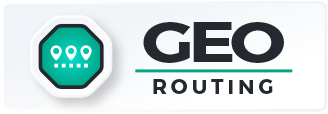- Blog
- Geo Mapping
- The Power of Audience Segmentation with Map Pins for Sales and Marketing
Reaching the right audience is the foundation of every successful sales and marketing strategy. But spreadsheets alone can only tell part of the story. That’s where audience segmentation with map pins comes in. By visualizing customer data on a map, you can instantly see how different groups of people are distributed, where opportunities lie, and which regions deserve more attention. Instead of guessing, you can target smarter—making segmentation not just a strategy but a competitive advantage. Here’s how map pins make audience segmentation easier and more powerful than ever.
WHAT IS AUDIENCE SEGMENTATION?
Audience segmentation is the process of dividing your customer base into smaller groups with shared characteristics, such as demographics, behavior, or buying habits. This allows businesses to tailor their messaging, products, and outreach strategies to the right people at the right time. In sales and marketing, segmentation is what ensures your campaigns are effective rather than one-size-fits-all. With map pins, segmentation becomes visual—you can see your target market segmentation displayed geographically, helping you connect insights with real-world opportunities.
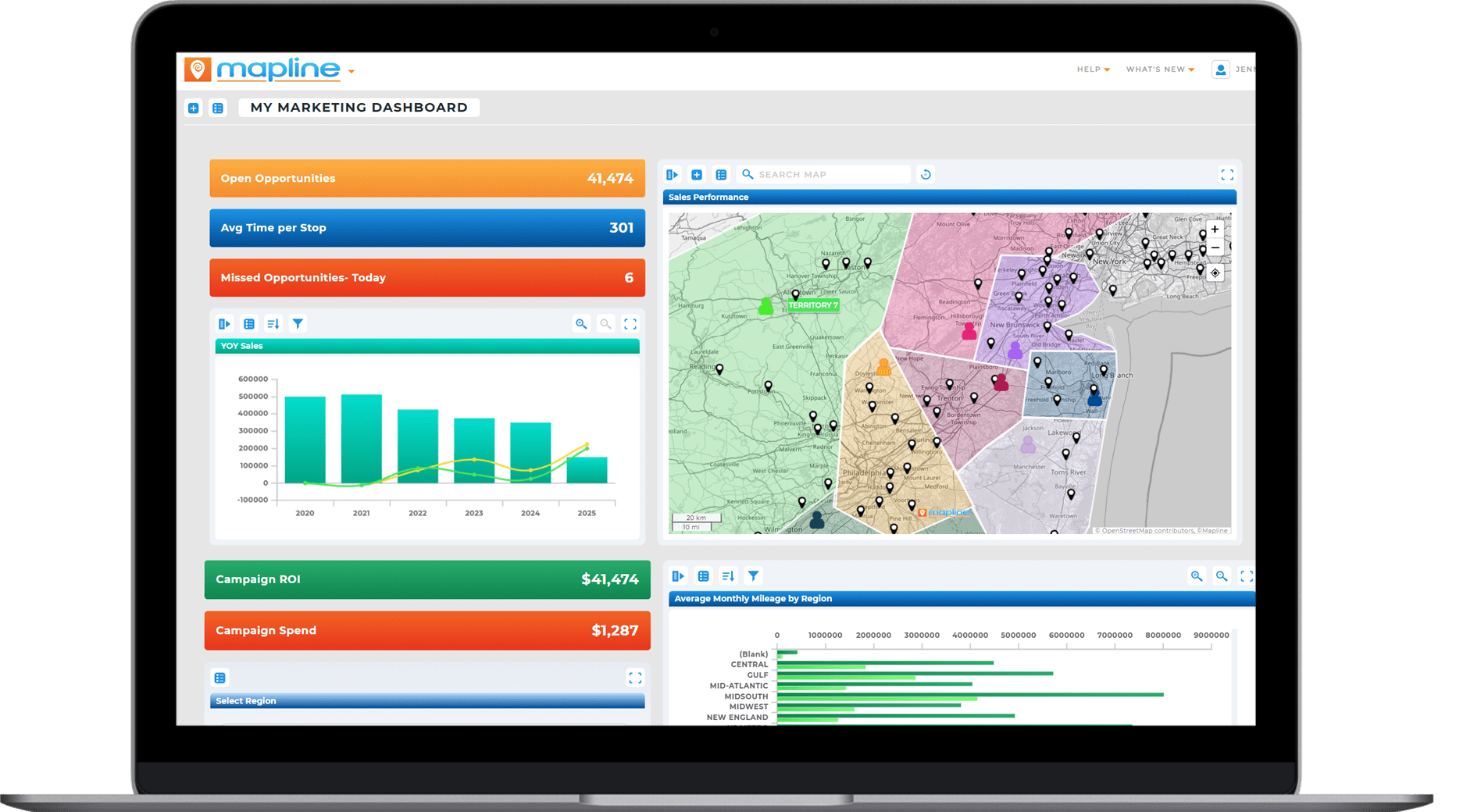

Pro Tip: Audience segmentation doesn’t have to be complicated. Start with one or two key attributes, like customer type or revenue tier, and map them as distinct pin categories. As you get comfortable, Geo Mapping empowers you to layer in more attributes to see deeper patterns emerge. Even simple segmentation can uncover powerful insights and open the door to more advanced strategies.
WHY SEGMENTING YOUR AUDIENCE IS SO IMPORTANT
In today’s competitive landscape, businesses can’t afford to treat all customers the same. Segmenting your audience ensures that your sales and marketing efforts are focused, relevant, and impactful. Instead of spreading resources thin, you can prioritize the groups most likely to deliver results. Audience segmentation also helps avoid generic messaging that fails to resonate with anyone—tailored strategies build stronger connections and drive higher engagement. Ultimately, segmentation is about precision: understanding who your audiences are, where they are, and how best to reach them. That clarity is the true power of a powerful mapping software; it’s what transforms marketing and sales from guesswork into a repeatable, data-driven system.
Increase ROI
One of the biggest benefits of audience segmentation is maximizing return on investment. When you know exactly which audience groups are most profitable, you can direct your budget and resources toward those segments. Instead of wasting money on broad, unfocused campaigns, segmentation helps ensure every dollar has a greater impact. This approach reduces inefficiencies while amplifying the results of your efforts. The more precise your targeting, the stronger your ROI will be.
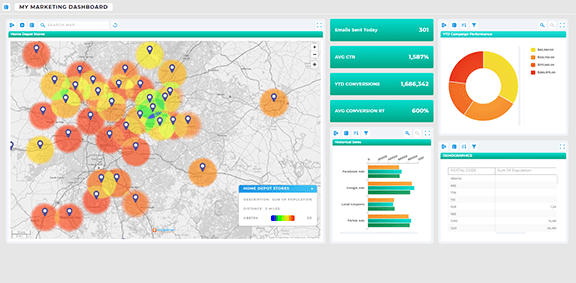
Build Stronger Relationships
Segmentation also makes it easier to connect with customers on a personal level. By tailoring your approach to each audience group, your messaging feels more relevant and meaningful. Customers are far more likely to respond positively when they feel understood. This builds trust, strengthens brand loyalty, and increases long-term value. Over time, personalized engagement creates stronger, lasting relationships that generic campaigns simply can’t achieve.
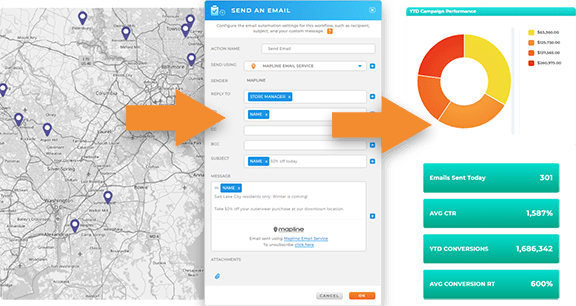
Improve Efficiency
Audience segmentation saves time by keeping your team focused on the right priorities. Instead of chasing every possible lead, sales and marketing teams can zero in on the audience segments most likely to convert. This clarity reduces wasted effort and helps teams work smarter, not harder. Efficiency also improves collaboration since everyone is aligned on the same strategic goals. In short, segmentation eliminates guesswork and boosts productivity across the board.
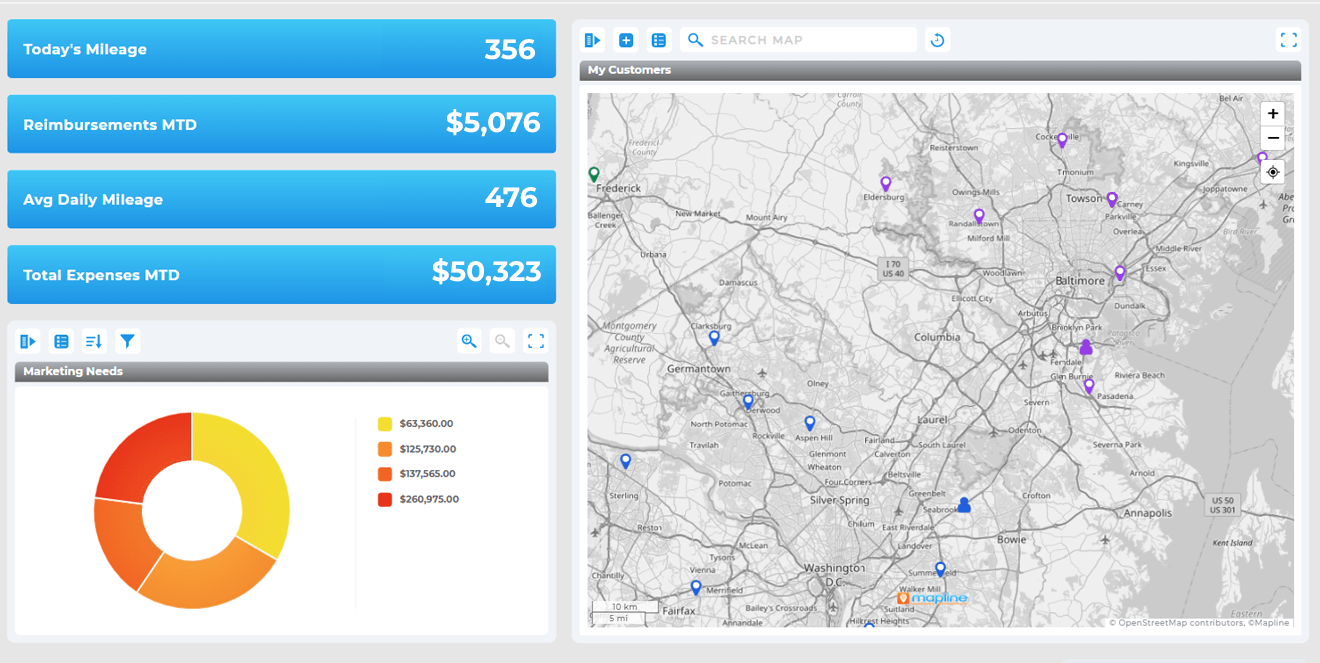
HOW MAP PINS MAKE SEGMENTATION VISUAL
Traditional segmentation strategies rely heavily on data tables and reports. While useful, these formats can hide important patterns. Map pins bring segmentation to life by showing exactly where audience groups are located. When you apply custom colors, labels, or filters, you can distinguish between target audiences at a glance. This not only makes analysis faster but also makes it easier to share insights with stakeholders who might not be data experts. A pin map essentially turns abstract numbers into concrete, actionable visuals.
Visualize Target Market Segmentation
With Mapline, target market segmentation becomes instantly clear. You can plot customer data, then use custom pins to represent different audience groups—like age ranges, income brackets, or buying behaviors. For example, high-income households could appear as gold pins, while budget-conscious buyers are marked in blue. These visuals make it easy to see which regions align with your products and which might require a different approach. Instead of generic campaigns, you can target the right people in the right places.
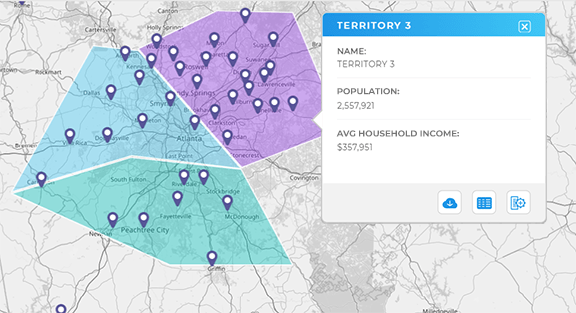
Simplify Complex Data
Customer data can be overwhelming when it’s stuck in spreadsheets, but map pins simplify everything. By visually plotting audience segments on a map, you can instantly see where each group is concentrated. This makes it easy to identify geographic clusters, regional differences, and overlooked opportunities. The visual approach transforms raw data into a clear, accessible story. Even non-technical stakeholders can quickly grasp the insights when they’re displayed visually.

Compare Audience Groups Side by Side
Another advantage of map pins is the ability to compare multiple audience groups at once. By assigning different colors or icons to each segment, you can see how groups overlap, differ, or complement one another geographically. This side-by-side view helps highlight opportunities for cross-selling, uncover underserved markets, and reveal areas where competition might be strongest. Instead of looking at isolated numbers, you see the full landscape of your customer base in context.
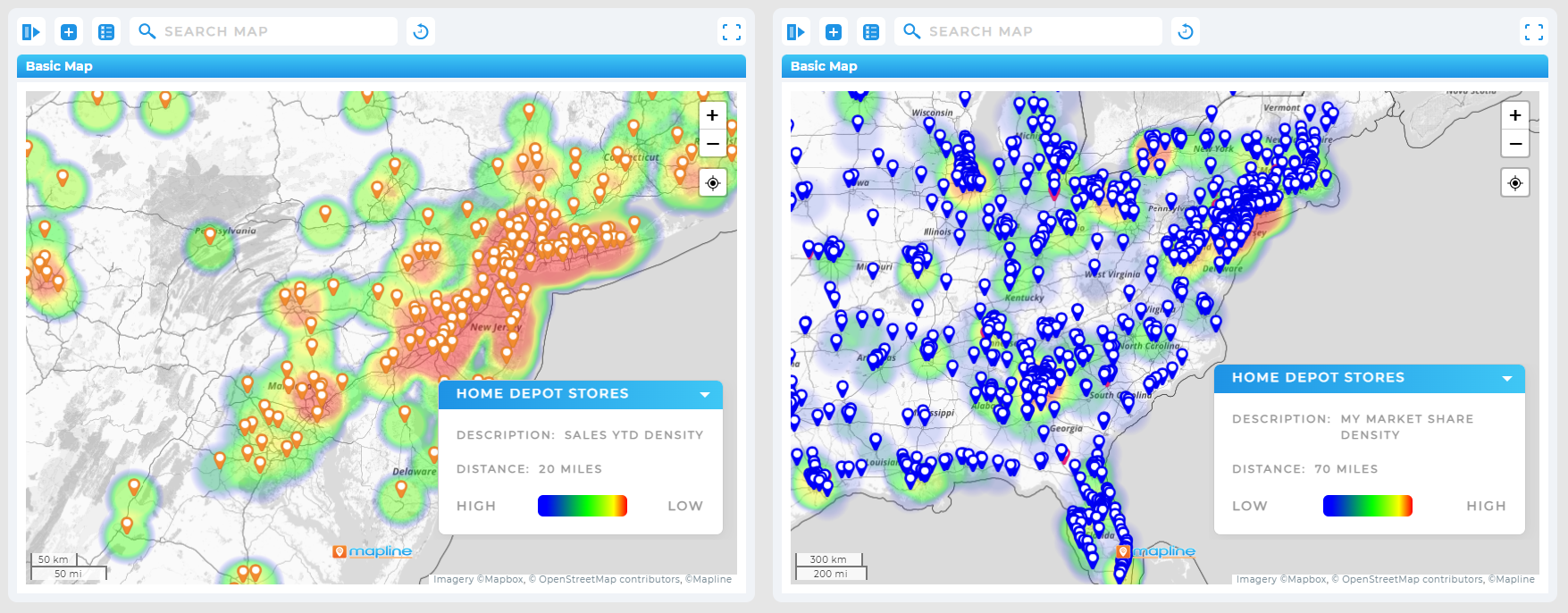
Layer Audience Data for Insights
Segmentation gets even more powerful when you layer multiple audience factors onto your map. For instance, you might want to track both demographic data and past purchasing behavior. Mapline allows you to filter and combine these attributes, showing you overlapping segments on a single map. This gives you a richer understanding of your audience, helping you design more precise campaigns. It’s a level of clarity that spreadsheets alone simply can’t deliver.
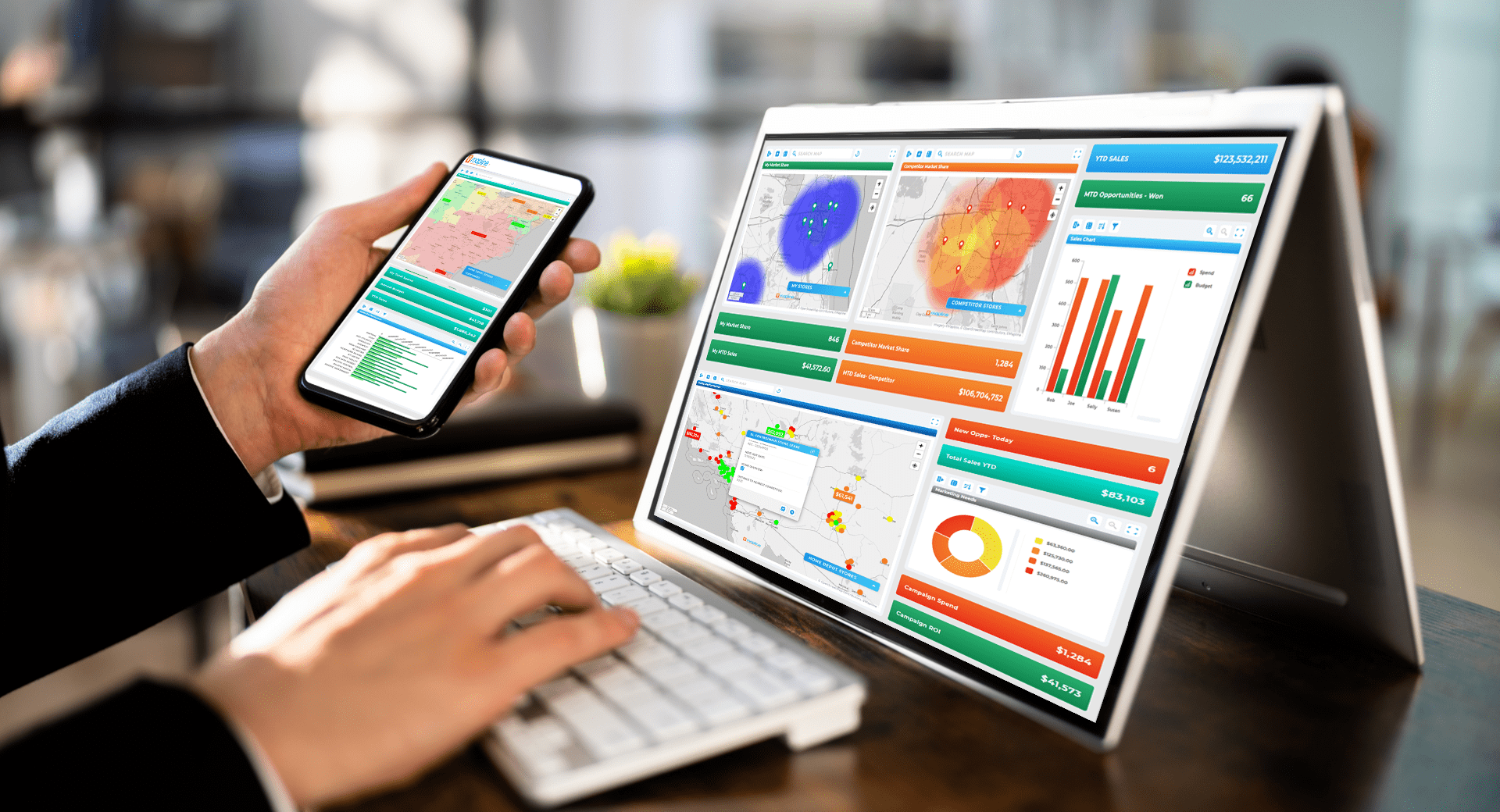
From Target Audience Segmentation to Action
Segmenting audiences visually isn’t just about understanding them—it’s about acting on those insights. Once you identify which regions contain your most valuable audience segments, you can align sales territories, prioritize ad spend, or plan in-person events in the areas most likely to respond. This ensures your resources are invested where they’ll make the biggest impact. With Mapline, the jump from target audience segmentation to tactical execution becomes seamless.

SALES STRATEGY WITH AUDIENCE SEGMENTATION
Sales teams thrive when they know exactly who they’re targeting and where those prospects are located. Audience segmentation with map pins makes it easy to identify and prioritize opportunities by geography. Instead of treating all territories equally, reps can focus on areas with the highest potential, increasing both efficiency and win rates. The visual clarity of a pin map helps teams stay aligned on strategy and ensures no promising lead slips through the cracks.
Identify High-Value Regions
By segmenting your audience and pinning them on a map, you can instantly see where your highest-value customers are concentrated. This helps sales managers allocate reps strategically and ensure that attention is focused on the most profitable markets. High-value regions often reveal themselves as clusters of similar pins, turning raw data into a roadmap for growth. The result is smarter territory planning and more efficient resource allocation.
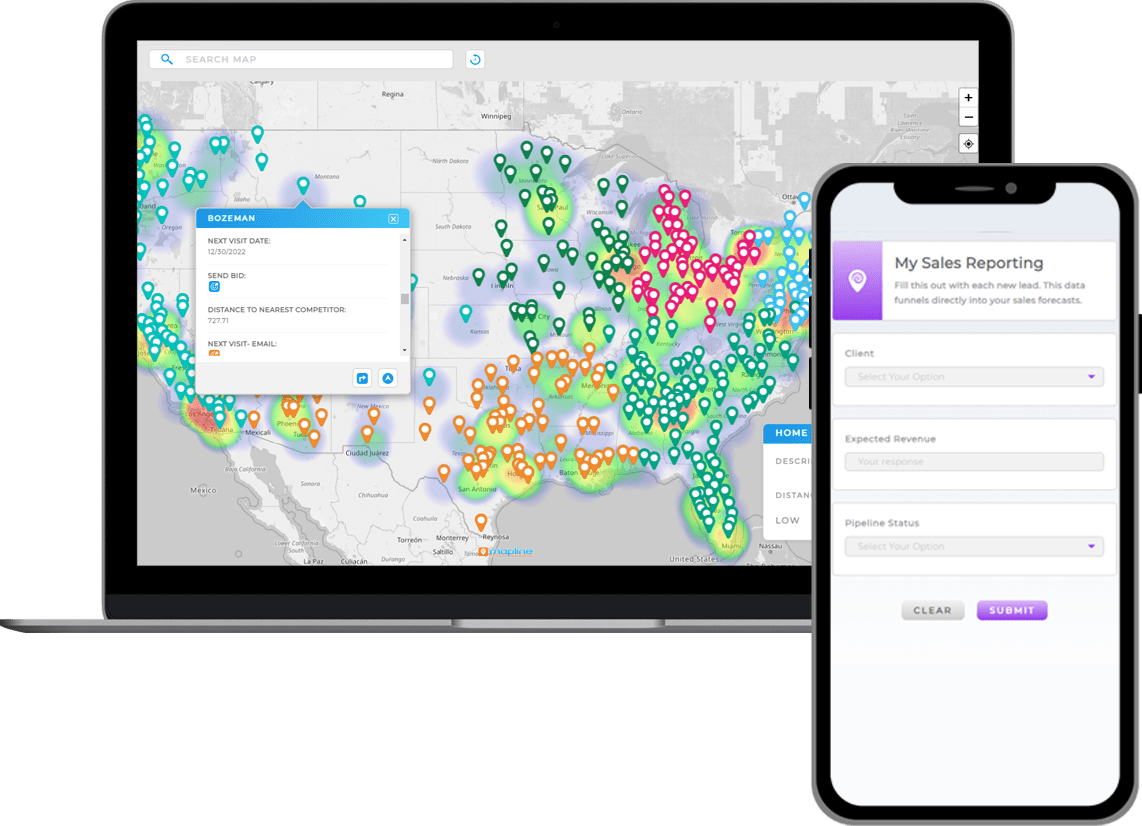
Balance Workloads Across Teams
Audience segmentation isn’t just about identifying opportunities—it also helps balance workloads across your sales team. By visualizing where target audiences are located, managers can divide territories more fairly and avoid overloading certain reps. This makes it easier for everyone to focus on quality engagement rather than being spread too thin. Balanced workloads lead to higher morale, stronger results, and more consistent customer experiences.
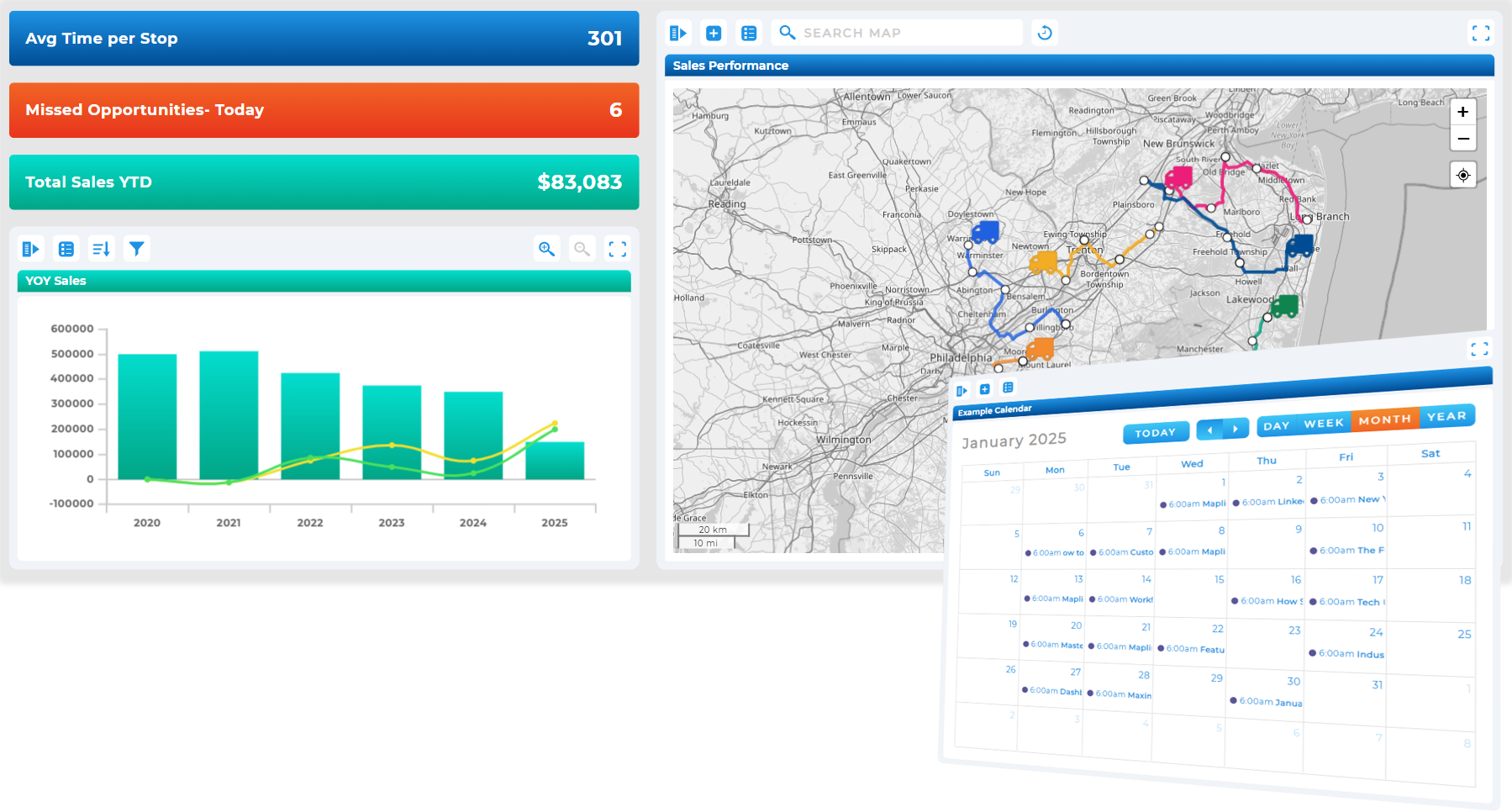
Personalize Your Sales Approach
Different audience segments often require different sales strategies. By mapping out segments visually, sales reps can tailor their conversations and pitches to the unique needs of each group. For example, high-value corporate clients may need an emphasis on ROI, while smaller businesses might prioritize affordability and speed. This level of personalization improves close rates because prospects feel understood and valued. With segmentation guiding the way, your sales team can adjust their approach with confidence and precision.
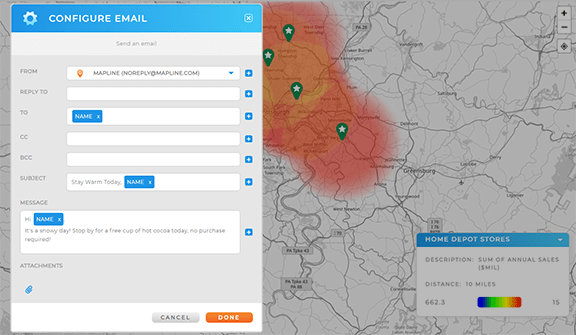
Strengthen Forecasting Accuracy
Sales forecasting becomes more accurate when it’s grounded in segmentation. By analyzing how each audience group performs over time, you can better predict future outcomes and allocate resources accordingly. Map pins give a visual layer to this forecasting, showing not just numbers but also the regions and segments driving them. This clarity reduces uncertainty and helps leadership make more confident projections. Accurate forecasts empower businesses to set realistic goals and measure performance effectively.
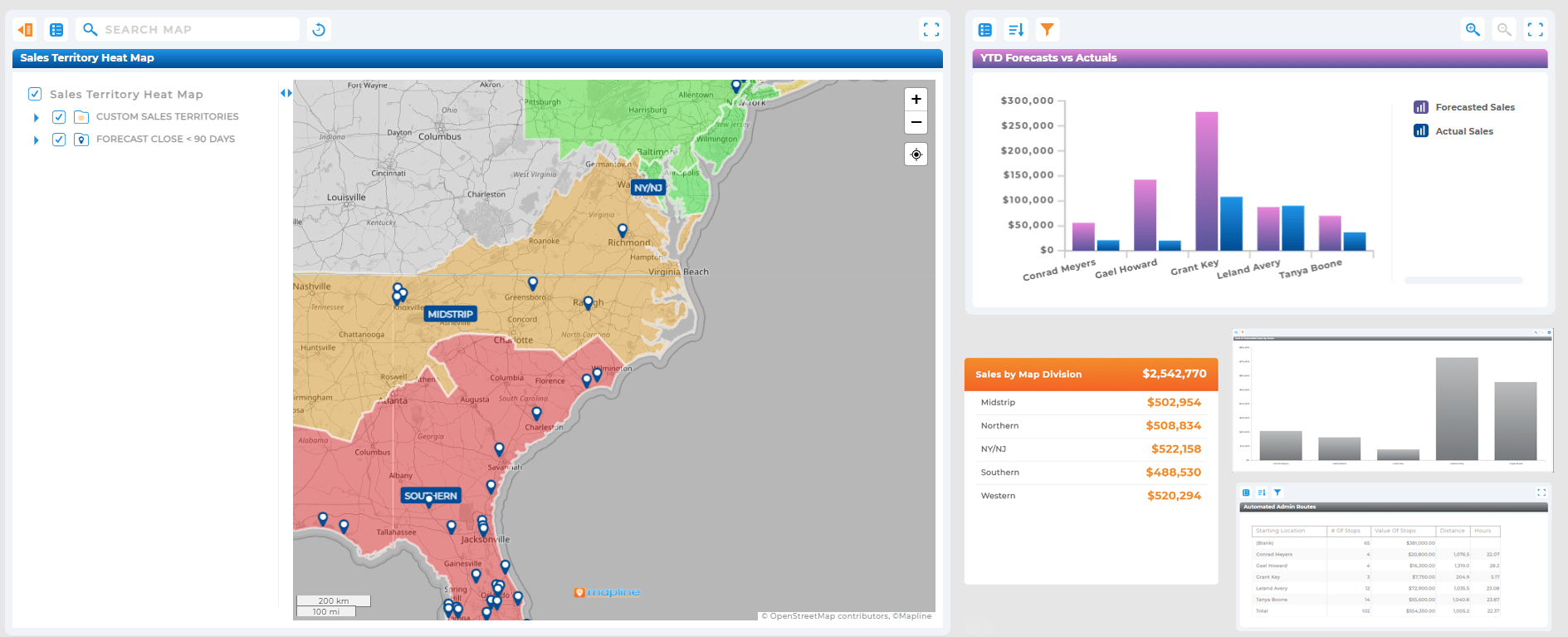
MARKETING STRATEGY WITH AUDIENCE SEGMENTATION
Marketing campaigns are most effective when they’re tailored to specific audience groups. By using map pins for segmentation, marketers can visualize campaign performance geographically and refine their strategies in real time. Instead of relying on broad assumptions, you can pinpoint exactly which audiences are responding and where your efforts need adjustment. This ensures every dollar spent on marketing delivers maximum impact.
Optimize Campaign Targeting
When you know where your target audiences are located, you can fine-tune campaigns to reach them more effectively. For example, if a campaign is resonating strongly in urban centers but underperforming in rural areas, you can adjust messaging or ad channels accordingly. Map pins give you that level of detail, showing not just who your audiences are, but where they are. This makes targeting more precise and ROI more measurable.
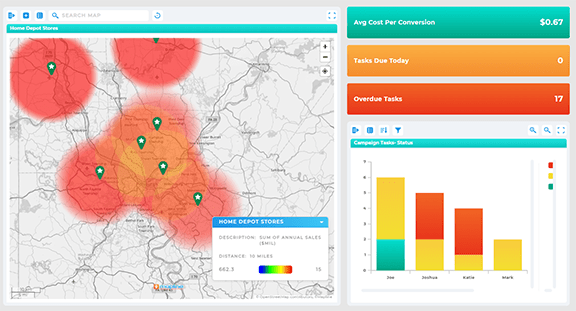
Track Campaign Performance by Region
After a campaign launches, pin maps make it easy to track responses by geography. You can see which areas are generating clicks, signups, or purchases, then compare performance across regions. This helps marketers double down on winning strategies while identifying regions that may need a different approach. The ability to connect campaign results directly to audience segments makes analysis actionable, not just descriptive.
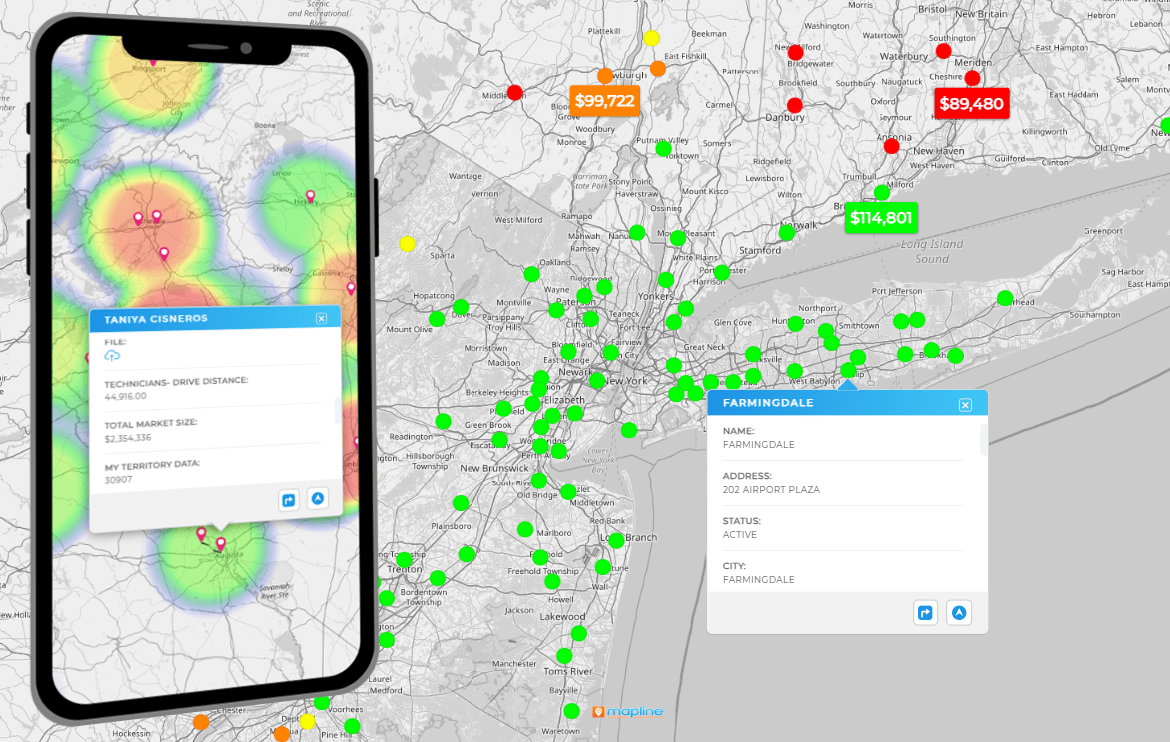
Personalize Messaging with Audience Insights
Audience segmentation with map pins also supports personalization. By knowing which audience groups dominate in specific regions, you can craft messaging that resonates with their needs and interests. This could mean highlighting premium products in high-income neighborhoods or emphasizing affordability in price-sensitive markets. Personalization strengthens engagement and makes campaigns feel more relevant to the people receiving them.
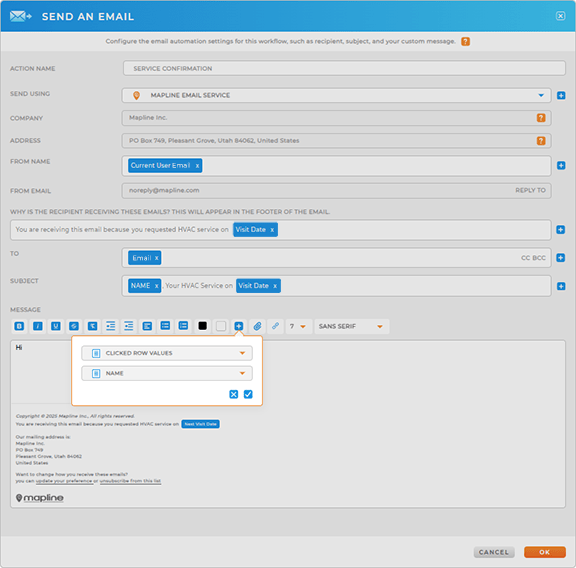
Audience segmentation is the process of dividing your customer base into smaller groups with shared characteristics so you can market and sell more effectively.
It helps sales teams identify high-value regions, balance workloads, and prioritize resources. By knowing where specific audience groups are located, sales reps can target the right people in the right places.
Yes. By mapping target audience segmentation, marketers can refine targeting, track campaign performance by region, and personalize messaging for different groups.
Target market segmentation focuses on broader market categories, while target audience segmentation zooms in on the specific groups most likely to respond to a campaign or product.
Mapline uses custom map pins, filters, and visualization tools to make segmentation visual and actionable. This helps teams go from raw data to strategy in just a few clicks.







